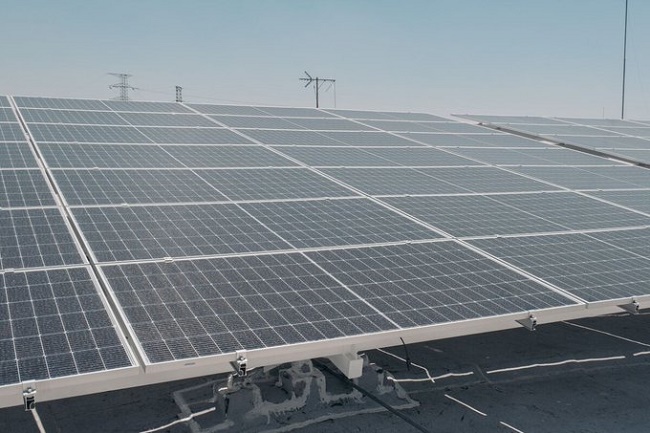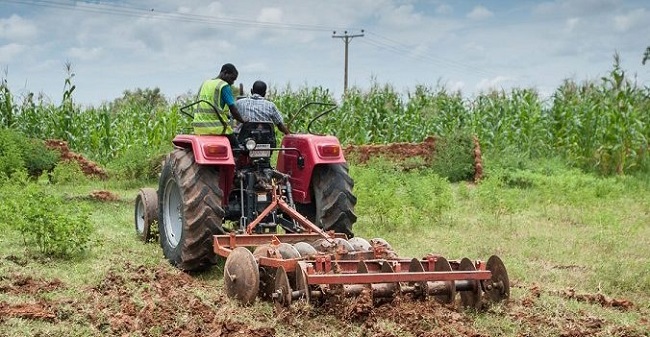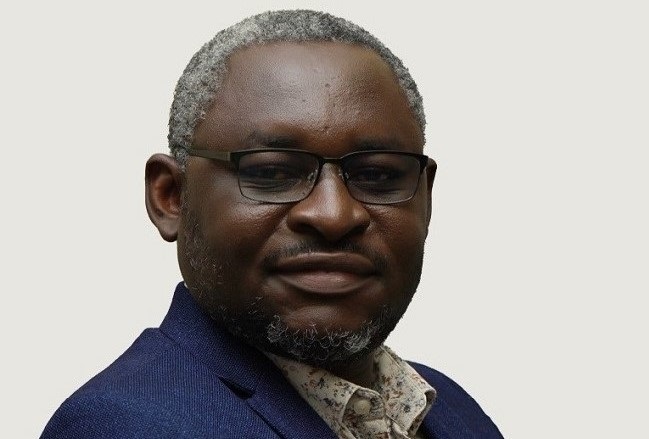Two months after the launch of its first Voluntary Local Review (VLR), the City of Niš is demonstrating how local insights can drive actionable strategies for sustainable development.

As the first city in Serbia and only the third in Southeast Europe to produce a VLR – a process aimed at evaluating local actions and performance related to the Sustainable Development Goals (SDGs) – Niš has laid the groundwork for aligning its urban development efforts with the SDGs.
The VLR, developed in collaboration with UN-Habitat, UN-DESA, UNECE, and UCLG, offers concrete recommendations addressing some of the city’s key urban challenges, including youth employment and climate resilience. A standout feature of the VLR is its integration of the Quality-of-Life Index, which combines objective and subjective data to inform evidence-based decision-making and track urban well-being.
From recommendations to action
The VLR outlines 26 indicators across 12 SDGs, providing a detailed picture of Niš’s urban performance. Among its key recommendations is a policy proposal to improve local employment opportunities for young professionals and vulnerable groups. While immediate actions based on this recommendation are still in the planning stages, they are expected to be incorporated into ongoing urban policies and programmes.
Niš’s VLR process has already strengthened the city’s capacity for SDG monitoring through the establishment of a dedicated monitoring unit. By ensuring the collection, analysis, and verification of SDG-related data, the unit enables the city to make informed decisions and measure progress toward sustainable development goals.
“Monitoring at the local level in Serbia had not been introduced systematically before the VLR of Niš,” said Siniša Trkulja, National Coordinator for the development of the VLR at the Agency for Spatial Planning and Urbanism. “This approach, harmonized with global recommendations, opens the door to better implementation and improvements in quality of life for all citizens.”
Inspiring national and regional action
The VLR’s success in Niš has sparked interest at the national level, with plans to scale up SDG localisation through a joint SDG fund project supported by UNICEF, UNEP, and UN-Habitat. This initiative aims to build the capacity of Local Self-Government (LSG) officials and support up to 20 municipalities across Serbia in developing their own VLRs.
“The VLR encourages collaboration among all stakeholders, enabling communities to collectively address local and global challenges,” said Tanja Obradović, Local-Regional Coordinator for the development of the VLR at the Ministry of Construction, Transport, and Infrastructure. “By bringing together diverse perspectives, the VLR helps identify relevant solutions and ensures that no one is left behind in sustainable development.”









